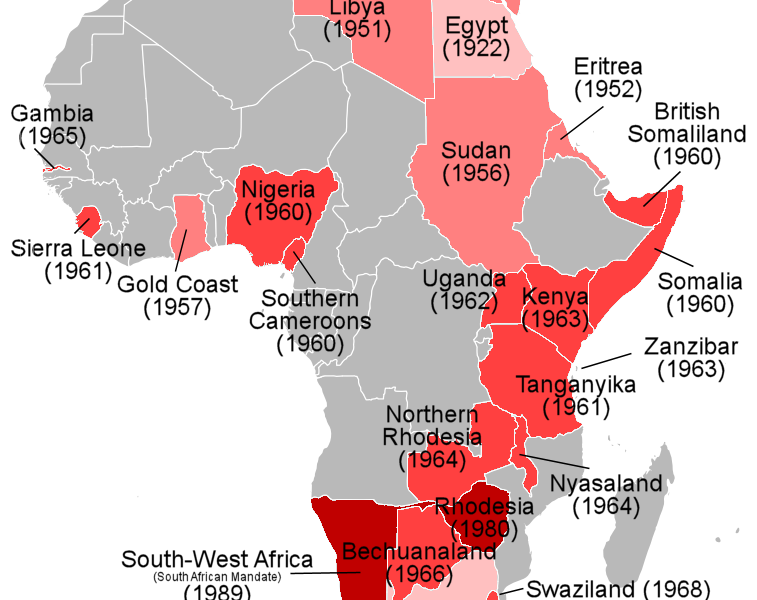Climate change has been a long-lived issue of the global community. As the world’s economies develop, climate change has only advanced. The effects of climate change are more visible than ever before with an increase in tropical storms, droughts, forest fires, and the acceleration of rising sea levels. It is now accepted that the only possible way to combat climate change is through a multifaceted approach of reduced emissions, carbon capture, carbon offset, and many more.
According to a delegate in the UN General Assembly, “China is currently working on achieving those goals of sustainability, and is on a good track to do so. Carbon emissions should peak by 2025, five years ahead of the original goal, 2030. China is achieving these goals by increasing solar and wind power generation capacity by 500 gigawatts, creating and investing in further electric vehicles, focusing on energy use in irrigation and establishing a quality emissions counting system for corporate companies. China is solving this climate crisis in a fast and efficient way.”
China produces about 30 percent of total emissions, more than the United States, the European Union and India combined, according to Global Carbon Budget 2022. China’s emissions grew by 10 percent year-on-year during the second quarter of this year – putting it on course to beat its previous record of 11.47 billion metric tonnes in 2021, according to data compiled by Carbon Brief, a United Kingdom-based website focused on climate policy.
“China will continue working towards these goals, and is going to continue to push to find safe alternatives to fossil fuels, and to implement further regulations on the matter. China is also looking into purchasing an area of land, such as the national parks in the United states, to reserve to combat any carbon dioxide emissions. In the future, China suggests other countries follow their lead. China would be pleased to aid any countries, particularly underdeveloped countries, that are also fighting for a cleaner world.”

